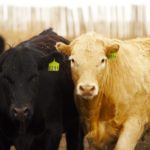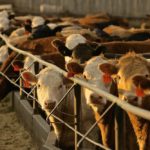Fed cattle Seasonal pressure coupled with leverage loss partly due to the U.S. packing plant fire resulted in smaller weekly kill capacity. Locally, demand is softer following the September long weekend, which is generally the case. In addition, front-end supply is building and packer lift times have lengthened. Over the past five weeks, the fed […] Read more














